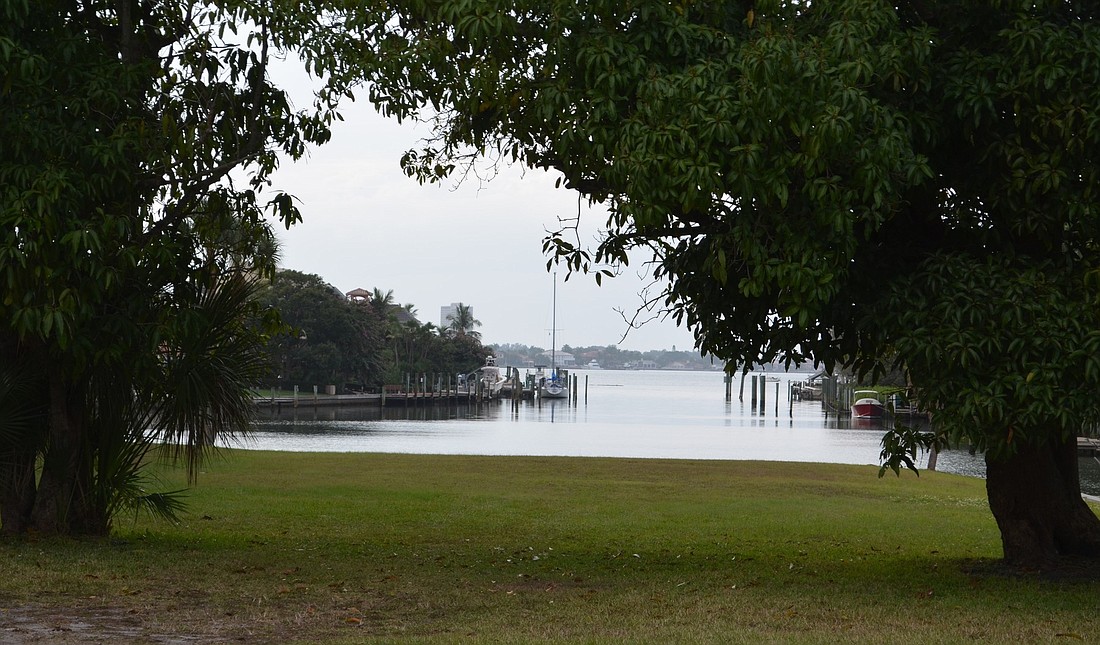- April 18, 2024
-
-
Loading

Loading

Hudson Bayou has long been polluted by stormwater tainted with trash, toxic metals and nutrients that have been linked to red-tide blooms.
That’s because a 12-acre drainage basin on the south edge of downtown dumps directly from a single pipe on Alderman Street into the bayou, bringing with it trash and pollutants from yards, cars and parking lots.
When most of the property adjacent to the bayou was developed, no filtration system was put in to keep pollutants from draining into the water.
“There is a maze of pipes that collects stormwater and ends up in Hudson Bayou,” said Kris Fehlberg, an environmental specialist with Sarasota County. “Back in the day, the goal was to get (stormwater) off land quickly and get it back into the bay. No one thought of the environmental impacts then.”
As early as spring, a $1.1 million county project is slated to be under way to filter the polluted runoff that flows into Hudson Bayou and, eventually, Sarasota Bay.
The project would add in several elements along the bayou’s watershed designed to ensure cleaner rainwater empties into the bayou, Fehlberg said.
One element of the project will focus on Lukewood Park, a park near the bayou in the Hudson Bayou neighborhood, adding wetlands and a vegetated bioswale.
A few blocks from the bayou and closer to downtown on Ringling Boulevard, a pair of “modular wetlands” and more of the small vegetated swales are planned. Modular wetlands are concrete boxes filled with plants that would also filter rainwater.
The county is seeking contractor bids until Jan. 16. The project is estimated to take nine months to complete.
The $1.1 million cost will be split, with the county paying for half and Florida Department of Environmental Protection (FDEP) paying the other half.
More than 500 storm drains flow into the waterway, said Susan Chapman, a neighborhood activist and Hudson Bayou Neighborhood Association board member running for City Commission.
The plants and the modular wetlands planned as part of the upcoming project are a natural, effective way to filter stormwater before it reaches the bayou. “These plants filter 80% of nitrogen and phosphorous and 90% of metals such as arsenic and lead, which are common pollutants,” Fehlberg said.
Chapman remembers first hearing about the project several years ago; at the time she thought the project might not happen. She said it was good news that a contractor could begin work soon.
“The Hudson Bayou drainage basin is very large, and it covers most of downtown,” Chapman said.
Chapman said all of the components of the project are designed to catch rainwater “close to where it falls and then filter it.”
A similar project in Kansas City, Mo., was successful in cleaning stormwater runoff, Chapman said.
A 1992 study concluded that oysters from the bayou had the highest concentration of lead in the country.
A separate project to remove lead from the bayou’s bottom would cost an estimated $10 million.